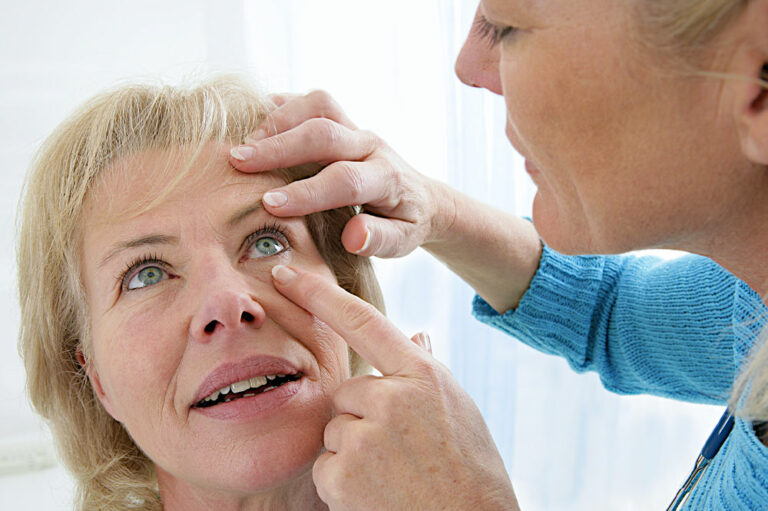
Health
Signs, causes, and ways to manage osteoporosis
Millions of people worldwide are affected by osteoporosis, a widespread medical disorder particularly prevalent in women over 50. Loss of bone density, which renders bones brittle and more prone to fractures, distinguishes it. Osteoporosis is frequently called a “silent disease” since it can progress for years before causing a fracture. In this post, we’ll learn about the signs, causes, and ways to manage osteoporosis. Read on to learn more about the condition. Signs of osteoporosis Osteoporosis is frequently called a “silent disease” since it can progress for years before causing a fracture. However, there are a few symptoms that could point to osteoporosis, such as: Loss of height Over time, osteoporosis can cause the spine’s bones to deteriorate and collapse, resulting in a loss of height. Back pain Spinal compression fractures may result in back pain that worsens when one moves. Fractures People with osteoporosis are more likely to experience fractures, especially in the wrists, spine, and hips. Poor posture A slumped or bent posture may be brought on by spinal deterioration. Dental issues Osteoporosis can also affect the jawbone, resulting in tooth loss and other dental problems. If one notices any of these symptoms, it is important that one immediately consults a healthcare provider to discuss the possibility of osteoporosis with them and get tested for bone density to confirm the diagnosis.
Read More 







